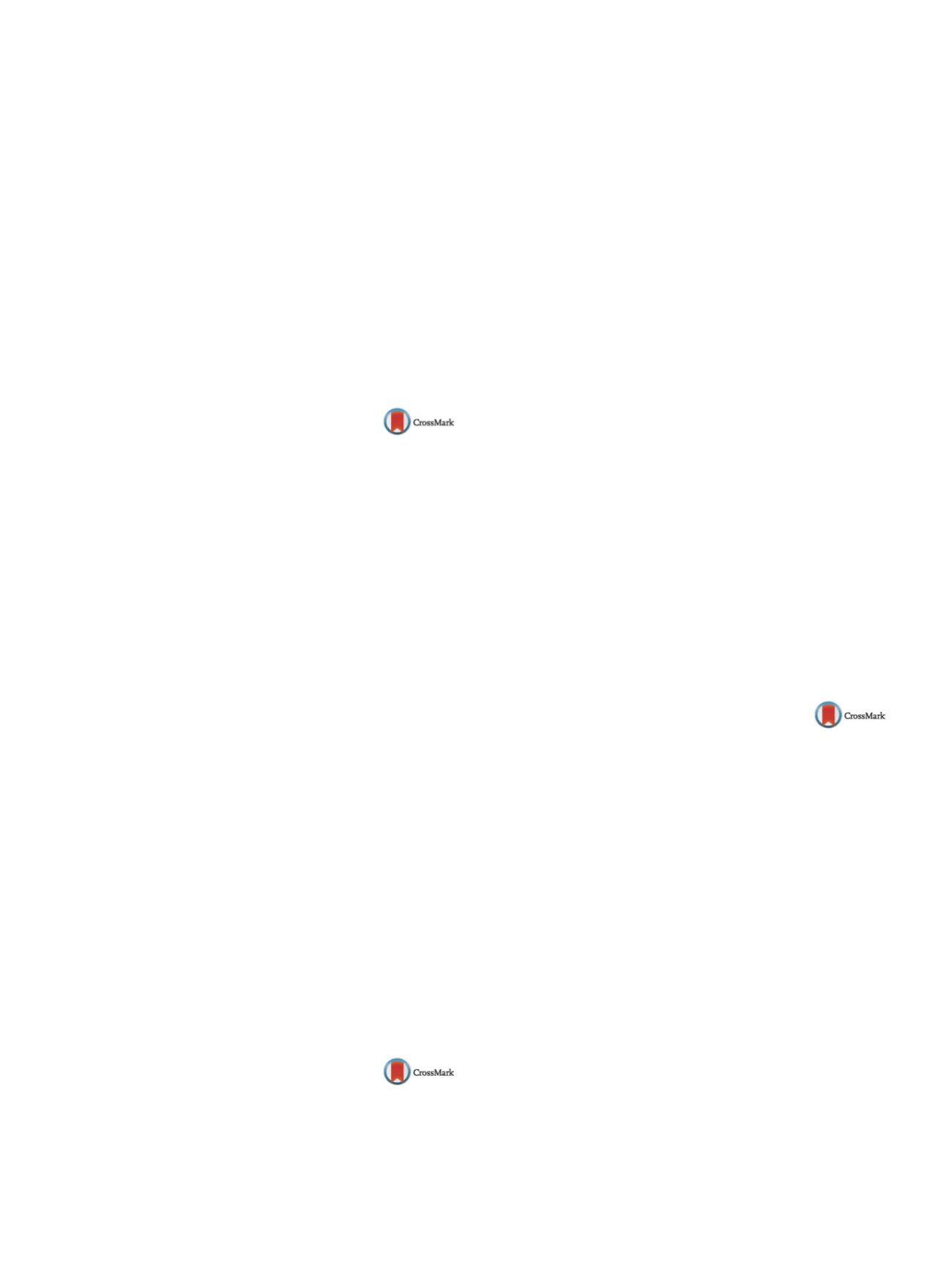

S718
25th European Congress of Psychiatry / European Psychiatry 41S (2017) S710–S771
Methods
Through a close reading of the characters’ behaviour
and experiencing in historical context, issues of identity and of exis-
tence are elaborated on in order to advance to the psychodramatic
substrate.
Results
Whereas at the beginning of the seventeenth century
conflicts are newly transposed to characters’ minds instead of sur-
roundings, the nineteenth century still sees Ahab’s monomania on
the outside. Identity and existence have increasingly been placed
in individual psyche, though.
Conclusions
A paradigmatic change in personality concept at the
turn of the modern epoch enables psychiatry and psychopathology
to conceptualize the individual and to derive identity and existence
from. Collective identity gives way to personal identity. With that,
choice, interpretation, and failing are individualized.
Disclosure of interest
The author has not supplied his/her decla-
ration of competing interest.
http://dx.doi.org/10.1016/j.eurpsy.2017.01.1291EV0962
Dangerous or vulnerable? A genealogy
of “difficult and violent adolescents”
in France
Y. Gansel
Hospices Civils de Lyon, Hôpital Femme–Mère-Enfant,
Psychopathologie du Développement, Bron, France
Introduction
Difficult adolescent is a clinical category, defined
by psychiatrists’ expertise and referred to psychoanalytical con-
cepts. Since the end of the 1990s, it has been extensively used
to describe a marginal population in public institutions managing
youth deviancy in France. This success occurs against a backdrop of
institutional reforms, converging towards politics of suffering and
risk management.
Objectives
Contributing to the anthropology of mental health,
this communication provides comprehensive elements to this suc-
cess.
Methods
Interconnected networks of 49 documents were ana-
lyzed using a genealogical method based on Foucault’s late
conceptions and Ian Hachking’s works on constructivism.
Results
Results have shown that the category of difficult adoles-
cents found its ecological niche in the 1960s, revealing a moral
tension in the use of constraint. At that time, the introduction of
the psychoanalytical notions of transference and counter transfer-
ence depicted a clear distinction with previous categories such as
the “abnormals” or “maladjusted youth”. Since then, it has defined
an ambiguous condition, suspended between the trouble of care-
givers and the adolescents’ individual disorder. In addition, the
extension of clinical expertise silences social issues, such as gender
discriminations, ethnicity and access to employment.
Conclusions
The reforms of custodial treatments represented the
initial conditions of detection for difficult adolescents, raising new
problems of intractable individual and institutional linkage. Driving
towards a biographical personalization, the category allows new
forms of regulation in the use of institutional power.
Disclosure of interest
The author has not supplied his/her decla-
ration of competing interest.
http://dx.doi.org/10.1016/j.eurpsy.2017.01.1292EV0963
Goodbye Eros. Hello Narciso
R. Hernandez Anton
1 ,∗
, S. Gomez Sanchez
1,
A. Alvarez Astorga
1, S. Cepedello Perez
1, E. Rybak Koite
1,
M.J. Garcia Cantalapiedra
1, L. Rodriguez Andres
1,
A.I. Segura Rodriguez
1, L.D.C. Uribe
1, G. Isidro Garcia
21
Hospital Clinico Universitario Valladolid, Psiquiatria, Valladolid,
Spain
2
Hospital Valdecilla, Psiquiatria, Santander, Spain
∗
Corresponding author.
Introduction
Love has been one of the topics most discussed
by philosophy, literature, anthropology, religion, psychology and
medicine. “The feelings of love and hate are present in the back-
ground of all psychiatric disorders; love has been associated, in one
way or another, in all patients that I have had” Dr. Perez Lanzac
Trujillo.
Objectives
(1) Analyze the possible relationship between psy-
chotic symptoms and breakup (stressor). (2) Review the neu-
rotransmitters involved in psychotic episodes and in love. (3)
Postmodern culture and sexuality (agony of Eros and liquid love).
Methodology
A 17-years-old female patient, who presented psy-
chotic symptoms without psychiatric history. We hypothesize that
the affairwas the symptomand the stressful eventwas the breakup.
We believe that early bond with the mother is a decisive factor
in shaping the psychic structure of every human being factor. In
this case, it seems that there is an insecure attachment: absent
parent + overprotective mother.
True love draws three triangles: records (demand, drive and
desire); dimensions (beliefs, significant and encounter) and emo-
tions (pride, hope and desire).
Results
Most psychiatric disorders are especially alterations
in the way of experiencing emotions. Some neurotransmitters
involved in her psychosis and addiction are key players in the neu-
robiology of love.
Conclusions
True love is the neurotic experience closer to psy-
chosis.
Overexcitement in today’s society is a trauma for the psychic
apparatus and it has consequences on the internal world, psycho-
sexuality and loving bond.
The crisis of art and literature can be attributed to the disappear-
ance of the other, to the agony of Eros.
Disclosure of interest
The authors have not supplied their decla-
ration of competing interest.
http://dx.doi.org/10.1016/j.eurpsy.2017.01.1293EV0964
Leonardo da Vinci: A
neuropsychological enigma or an
aberration?
S. Kumar
5 Boroughs Partnership NHS Foundation Trust, University of
Liverpool, General Adult Psychiatry, Liverpool, United Kingdom
Introduction
It has been universally regarded that Leonardo da
Vinci was one of the all-time geniuses in terms of his contribu-
tion to art and sciences. A number of theories have been proposed
to explain his genius that range from neurological, psychological
uniqueness, and enhanced functional intelligence.
Aim
The primary aim is to explore these theories in detail and
register their pros and cons alongside contextualizing their credi-
bility and weightage against the extant evidence in science.
Method
A detailed literature search has been undertaken to iden-
tify variety of models and theories either:
– dealing with neurological, psychological or neuro-philosophical
explanations;
– have been proposed by psychiatrist or psychologist and neurolo-
gists pertaining to Leonardo’s brain or mind;
– theories around occult and religion have been excluded.
Discussion
The results are synthesized and presented in a tabular
form. The discussion expand son the various theories and the rele-
vance of Leonardo da Vinci to themerging unifiedfield of neurology,
psychology, technology and philosophy (consciousness studies).
Disclosure of interest
The author has not supplied his/her decla-
ration of competing interest.
http://dx.doi.org/10.1016/j.eurpsy.2017.01.1294

















